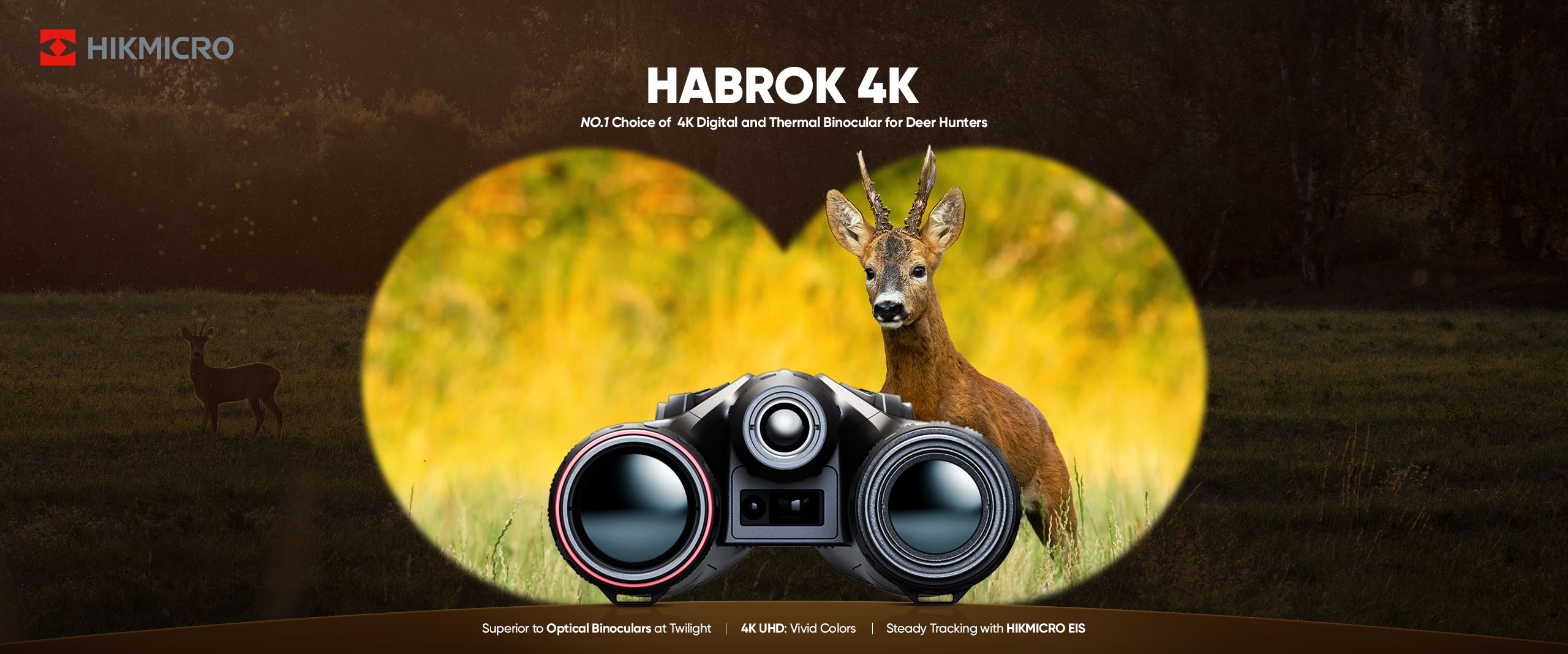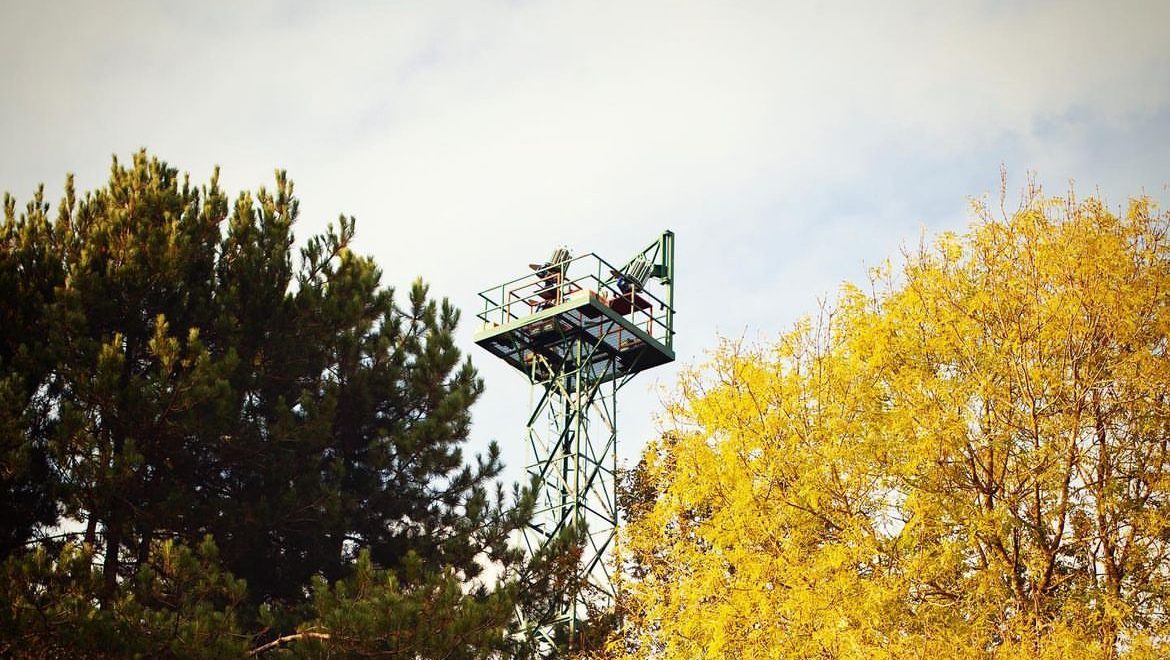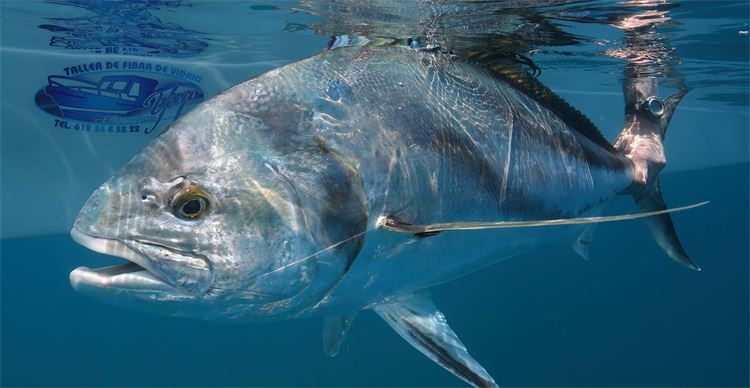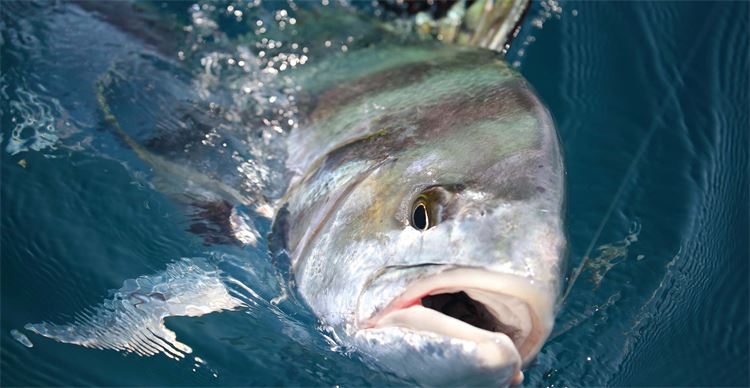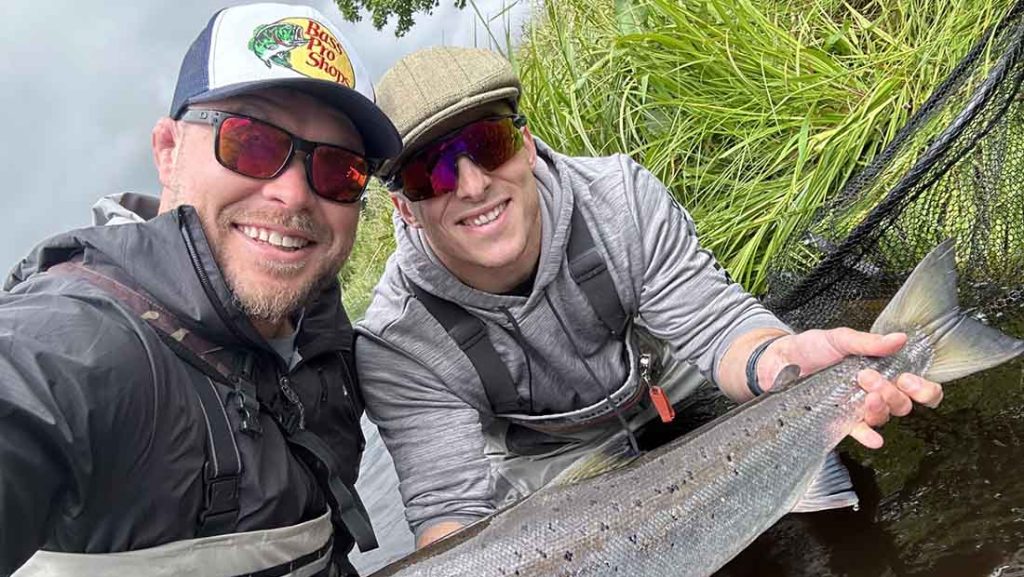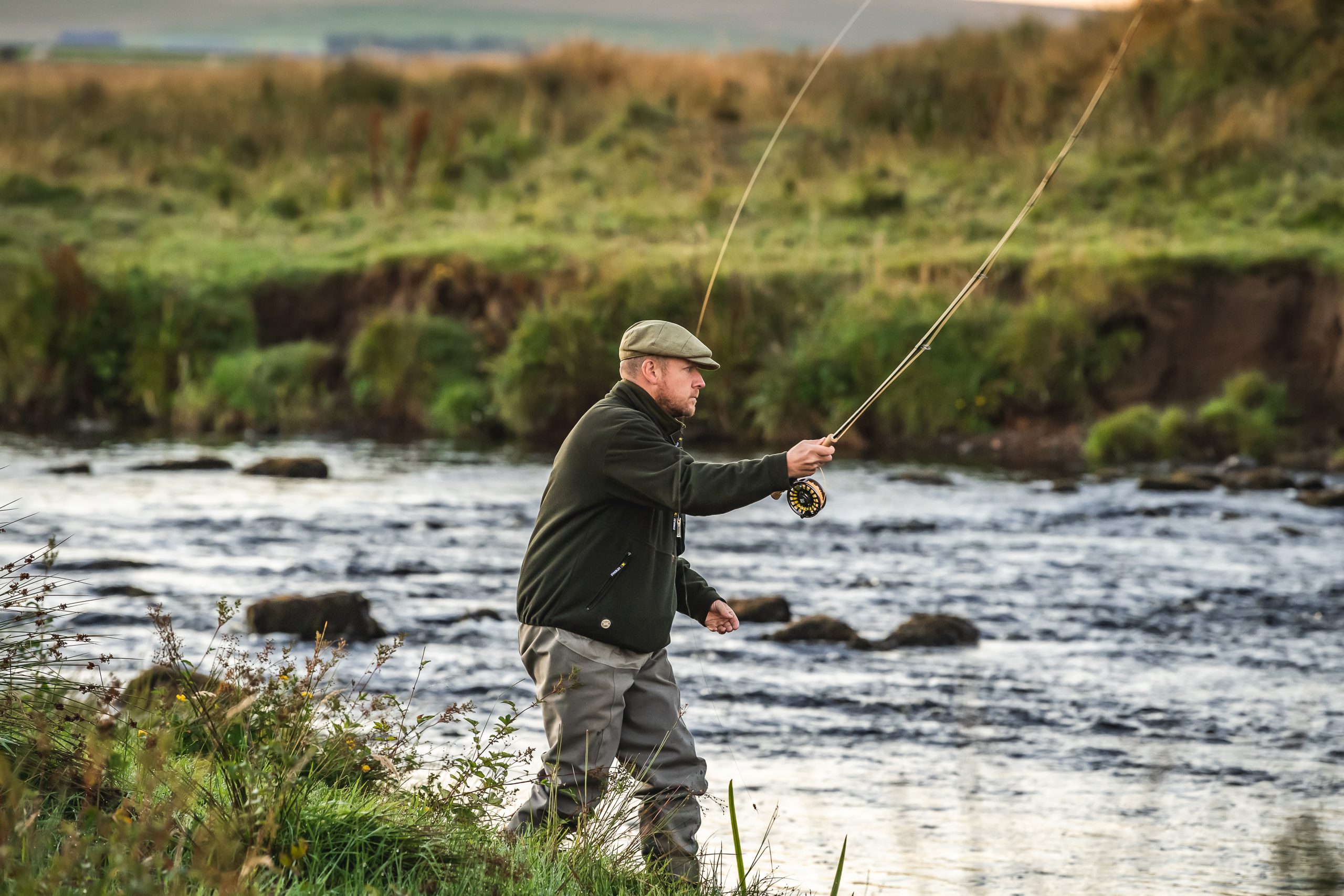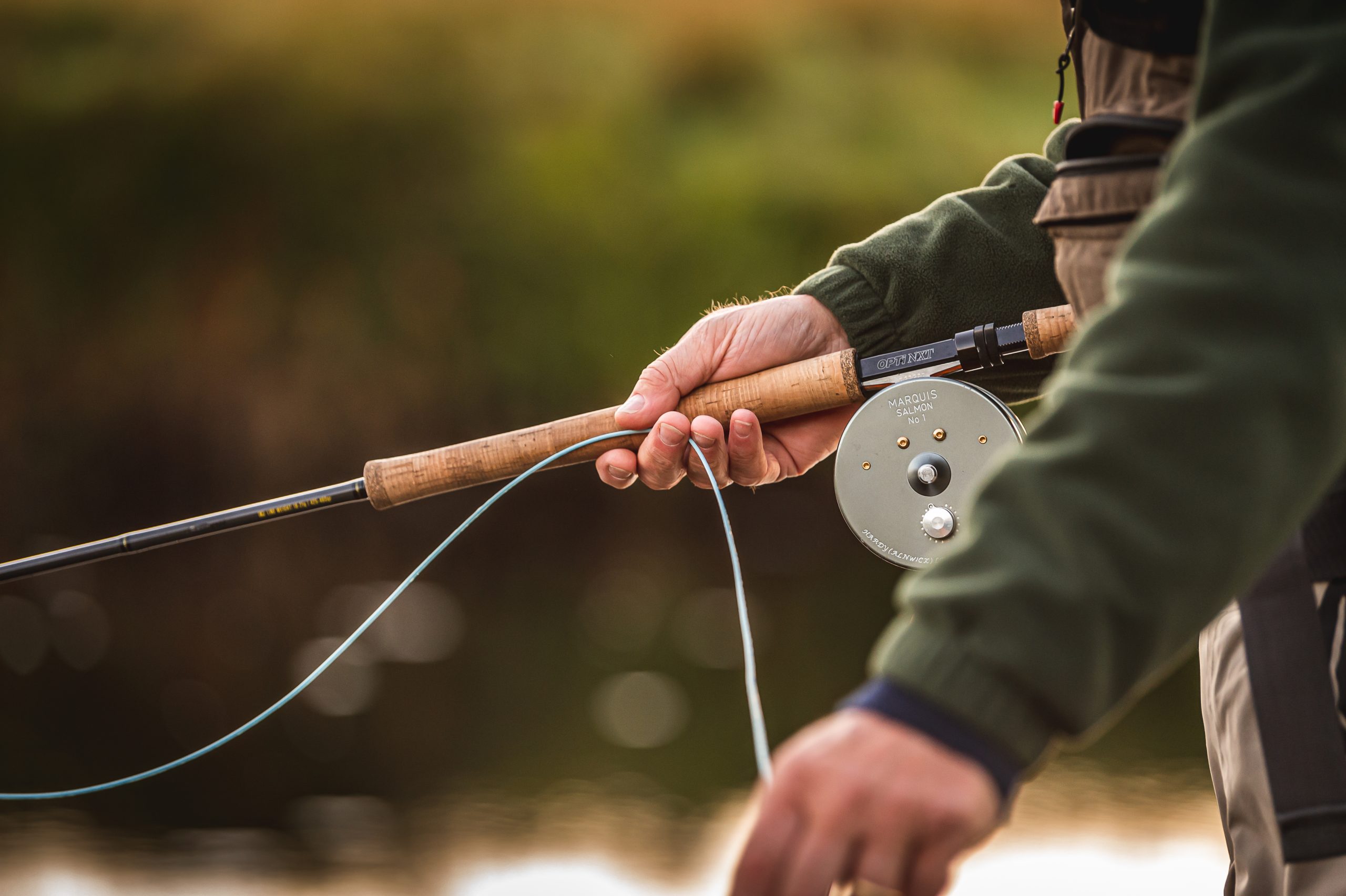Fly fishing
Baja blues
A shocking discovery in the Sea of Cortez.
Would you like to appear on our site? We offer sponsored articles and advertising to put you in front of our readers. Find out more.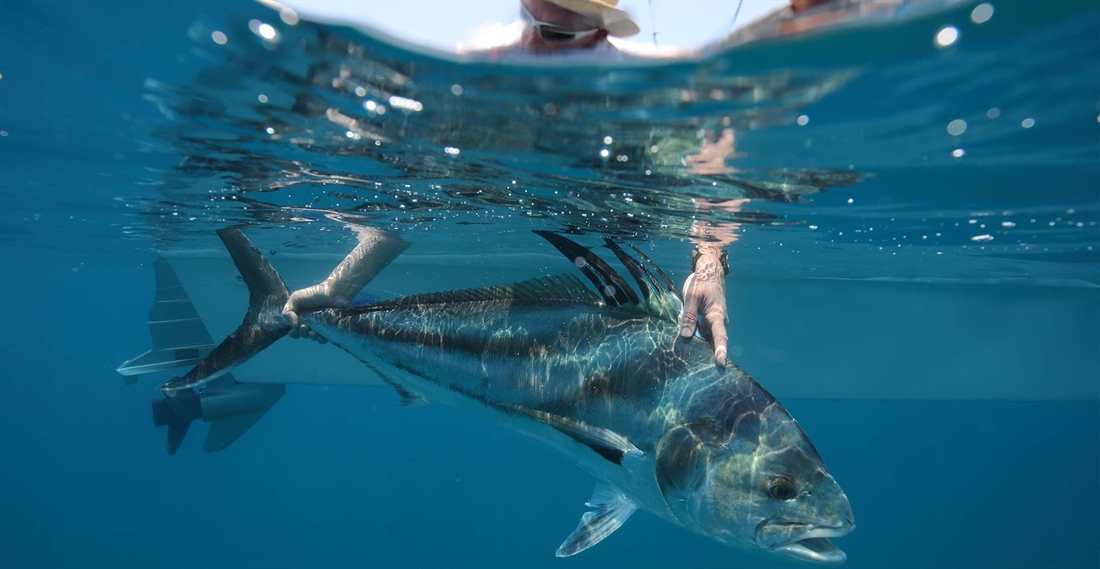
Anyone who fishes will know that the populations of fish we try to catch are changing, often for the worse. Hardly a week goes by when we don’t hear about some new threat to fisheries, or calamitous decline in the abundance of fish somewhere in the world.
The term ‘shifting baseline’ was coined in 1969, and was later adopted by Daniel Pauly – a giant in the field of fisheries science – in relation to changes in fisheries around the world, most specifically the decline of global fish populations. He noted that each generation judges and regulates fisheries based on the change they observe throughout their lifetime. Someone starting their career now, be it as a professional fisheries scientist or in a recreational capacity as an angler, will have a wildly different view of what constitutes a large run of salmon in a Scottish river to an octogenarian.
This baseline ‘creeps’ over generations – a gradual change often unobservable to the individual but detectable by discussing with one’s elders or by reference to reliable long-term data. Pauly’s insight in the world of fisheries was that we can only really tell how much the world’s fish stocks have truly declined by reference to historical data that pre-dates current knowledge or memories of the world.
The first destination I ever travelled to specifically for the purpose of fishing was the Sea of Cortez in Baja, Mexico – that long spit of land on Mexico’s west coast that extends down from southern California. The trip was like nothing I had ever experienced. Fishing from an open panga, I caught (and released) dozens of mahi-mahi and tuna and fished around the beaches for roosterfish, jacks, ladyfish and snapper. Further out to sea, I saw marlin, sailfish, dolphins and even whales. I returned the next year to a different spot in the Sea of Cortez with roosterfish in mind and lucked out, catching several on fly to over 50lb.
Last year, a decade later, I went back to Baja with a group of friends to share with them the fishery and fish that kick-started my global fishing travels. We headed back to the area where I had caught my big roosterfish with the aim of connecting with more of these iconic species. From the moment you arrive in this part of the world, the experience is visceral. Huge cacti tower along the road and, as we drove out to where we were staying, plumes of dust and sand kicked up from the tyres of the car. Overhead, vultures rode the thermals, waiting for one of the gaunt-looking cattle that eke out an existence to finally succumb to the rigours of the desert environment.
This harsh, unforgiving landscape ends abruptly at the Sea of Cortez, a thin sliver of sand forming the transition between desert and ocean. Many anglers will likely have seen the film Running down the Man from the mid-2000s, in which a group of mildly deranged Americans ran up and down these same beaches in Baja in pursuit of roosterfish. The results made for a highly entertaining film that in my opinion is still one of the best fly fishing films ever made.
We met the boats on our first day of fishing on the beach out front. Dozens of rods, rigged the afternoon before, were brought down to the beach, together with cool-boxes, cameras, rucksacks and all manner of fishing paraphernalia. As the sun lifted above the horizon, we loaded up the pangas and headed out. Starting off by trolling some lures, we caught a couple of suicidal ‘barrilete’ (black skipjack), before explaining in very poor Spanish that we would like to go and fish for roosterfish.
When I visited Baja previously, fishing for roosterfish from a boat was reliant on livebait. If fishing conventionally, it was for bait, and if fly fishing, it was used as live ‘chum’ to bring roosterfish up to the surface within casting range. The livebait used most often were the local ‘sardinas’. Actually a type of herring (Harengula thrissina), they were caught for bait by almost every fisherman I saw in Baja. There would be shoals of them along the shorelines and near structures like marinas, and filling the bait-well in the boat normally took just a couple of throws of a cast net.
I asked our skipper whether we would be getting some sardinas for the day and he intimated that there weren’t any. In their stead, we headed out to a small island of rock where we caught some green jacks. Fine sporting fish in their own right, these little jacks of about 1–2lb fell to small silver jigs cast out and retrieved back to the boat, before going into the livebait well.
Once we had a half dozen or so, we headed back to the large island we had passed on our way out, rigged up a livebait and proceeded to troll slowly along the edge of the island. It didn’t take long for the livebait to become agitated, and the line started to peel quickly off the reel. My boat partner was up first, and after letting the fish run he lifted into what was clearly a good fish. Fifteen minutes later a solid roosterfish surfaced alongside the boat and came to hand.
Later that day back at our accommodation, we were discussing the fishing over a beer when a familiar face appeared. It belonged to an American who I first met on my earlier trips to the region. A Vietnam veteran, wahoo fanatic, and resident of Baja since the 1970s. He expanded on the conversation we had with our skipper earlier in the day. The lack of sardinas wasn’t a problem that week or even that year – the sardina run stopped abruptly in about 2012. It had lessened over the years leading up to this point, however it sounded like one year they simply weren’t there. At all.
The cause and subsequent impact of this collapse and disappearance of a key link in the food chain appears to have been profound. The number of fish in the Sea of Cortez has diminished significantly. The huge run of mahi-mahi that used to be prevalent further up the coast in the Loreto region has dwindled to a trickle, there are less tuna around and generally fewer fish of all species. The impact is noticeable elsewhere as well. On my earlier trips I had seen large numbers of frigates and pelicans – typically dozens in a day. I don’t think I saw a dozen of either in the whole week we were there. I was told by the old American that a few years back the pelicans suddenly started dying. Emergency autopsies were carried out by specialists from the USA. The reason for their sudden death? Starvation.
On our second day, we went out searching for roosterfish again and the pattern was similar. No easy source of livebait was to be had, so we spent the majority of the day trying to catch livebaits before heading off to slow troll these along the shore. This pattern was repeated on almost every day we fished, determined as we were to try and catch roosterfish. On some days, we spent the majority of our time in pursuit of the bait with which to try and catch our chosen quarry. Once we had it, we caught a number of big roosterfish and lost several more, including one that jumped six feet clear of the water shortly after being hooked. The roosterfish are clearly still there in some numbers, it’s just that the process of catching them proved to be very hard work.
The decline in this fishery shocked me. The cause of the collapse of the sardina population is mirrored by the dramatic change in the sardine population of the west coast of the US and Mexico. Since 2005, the sardine population in this area has declined by 95 per cent and a moratorium on fishing has been called. The reason appears to be over-fishing, although changes in oceanic currents may well play a role. The same reason has been implicated in the decline of the sardina population in the Sea of Cortez – vast purse seiners catch huge quantities of these bait fish, both for human consumption and to feed tuna being farmed in pens in the north of the Sea of Cortez.
There also appears to have been a change in the commercial fishing being carried out at a more artisanal scale in the Sea of Cortez. In my first trips to the region, I can’t recall seeing more than a couple of pangas out fishing commercially. On my most recent trip we saw dozens every day. Every sea-mount and island was being fished by guys in pangas with handlines and the beaches were being netted. One sea-mount in particular I remember as being a distinctive colour of red on a couple of my early trips, the result of a huge shoal of cubera snapper holding station over it. A livebait thrown into the region resulted in a sea turned to foam by the pack of fish waiting below. These are now gone, replaced with a sea of fisherman-filled pangas, earnestly trying to extract any snapper still left in the area.
As anglers, we all view changes in the abundance of our target quarry as a snap-shot in time – it’s an inevitable result of our relatively short lifetimes when compared to the steady clock of evolution. It is frightening to observe declines in fish around the world. In the case of Baja, there may be a glimmer of hope on the horizon. Early suggestions are that the sardina may return this year and that changes in currents and cool upwellings may have contributed to what many hope is only a temporary dip in their abundance. If they do not and the decline continues, the Sea of Cortez may become yet another place laid waste by commercial fishing and our almost insatiable demand for fish.
Related articles
Fly fishing
On a spey quest
Avid fly angler and photographer Rasmus Ovesen embarks on his first ever trip to Greenland and loses his bubbling spey heart to the Kangia river
By Time Well Spent
Get the latest news delivered direct to your door
Subscribe to Fieldsports Journal
Elevate your experience in the field with a subscription to Fieldsports Journal, the premium publication for passionate country sports enthusiasts. This bi-monthly journal delivers unparalleled coverage of game shooting, fishing and big game across the UK and beyond.
Each issue offers a stunning collection of in-depth features, expert opinions and world-class photography, all presented in a timeless yet contemporary design. By subscribing, you’ll gain access to authoritative content from plain-speaking writers who tackle complex subjects with confidence and experience.
Plus, UK subscribers enjoy exclusive benefits including £2 million Public Liability Insurance for recreational and professional use of shotguns, rifles and airguns. Whether you’re a seasoned shooter or an intrigued novice, a Fieldsports Journal subscription is your gateway to enhancing your field sports endeavors and staying connected to the country way of life.


Manage Consent
To provide the best experiences, we use technologies like cookies to store and/or access device information. Consenting to these technologies will allow us to process data such as browsing behavior or unique IDs on this site. Not consenting or withdrawing consent, may adversely affect certain features and functions.
Functional Always active
The technical storage or access is strictly necessary for the legitimate purpose of enabling the use of a specific service explicitly requested by the subscriber or user, or for the sole purpose of carrying out the transmission of a communication over an electronic communications network.
Preferences
The technical storage or access is necessary for the legitimate purpose of storing preferences that are not requested by the subscriber or user.
Statistics
The technical storage or access that is used exclusively for statistical purposes.
The technical storage or access that is used exclusively for anonymous statistical purposes. Without a subpoena, voluntary compliance on the part of your Internet Service Provider, or additional records from a third party, information stored or retrieved for this purpose alone cannot usually be used to identify you.
Marketing
The technical storage or access is required to create user profiles to send advertising, or to track the user on a website or across several websites for similar marketing purposes.

